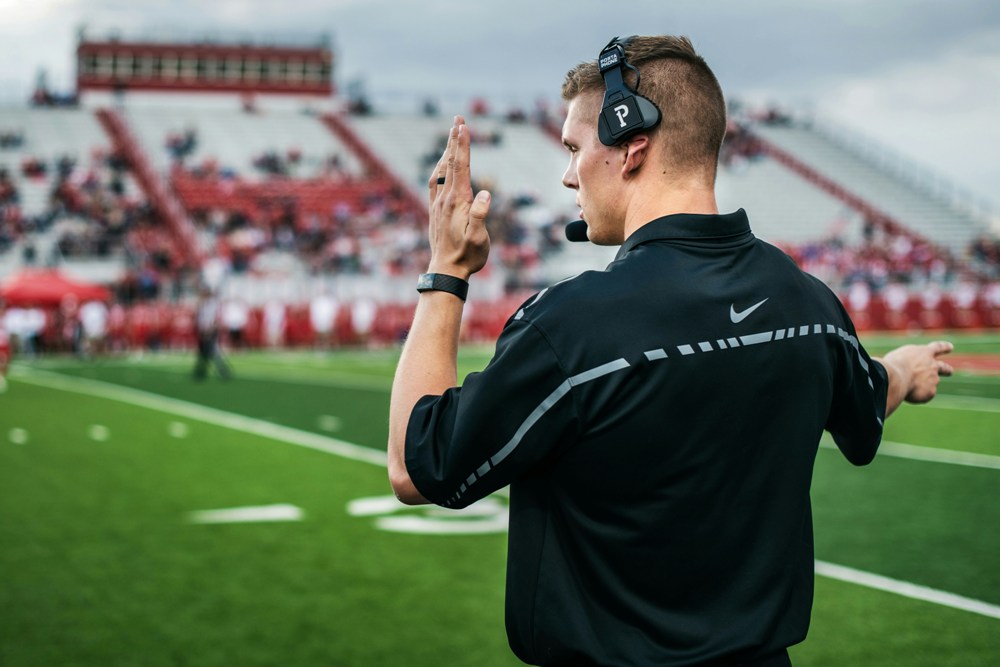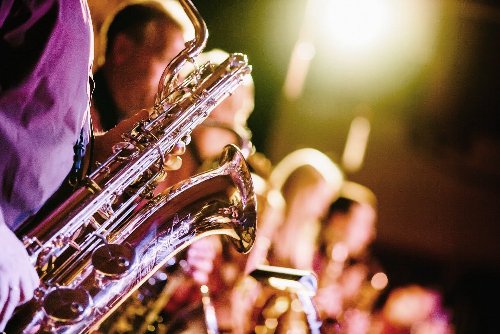
Sports memorabilia collecting has evolved from a casual hobby into a refined pursuit rooted in history, nostalgia, and financial investment. Whether it's a jersey worn during a historic championship game, a rookie card from a Hall of Famer, or a rare team pennant from the early 20th century, each item tells a story that goes beyond athletic achievement. The draw of collecting lies not only in celebrating one's favorite sport or player, but in preserving a piece of history that connects generations of fans. Building an authentic and valuable collection requires a careful eye, a strong foundation of knowledge, and a dedication to detail that rivals the discipline of the athletes themselves. With forgeries growing more sophisticated and market values continuing to climb, distinguishing genuine articles from replicas and understanding what defines collectible worth are more essential than ever.
Understanding Provenance and Authenticity
Establishing the authenticity of a collectible begins with confirming its provenance—a well-documented chain of ownership or origin. Provenance is the cornerstone of valuation, whether it's a signed baseball from the 1961 Yankees or a game-used basketball jersey from a modern MVP. Certificates of authenticity (COAs) from reputable sources such as PSA/DNA or JSA can support an item's legitimacy, but documentation alone isn't always sufficient. Collectors should be familiar with signature analysis, wear patterns, and historical context. Authentic items often show subtle signs of use, such as scuffing or sweat staining on uniforms, and researching photo matches or game footage can sometimes support their claims. Never underestimate the value of an item's backstory—even a less famous artifact gains appeal when its origin is clearly verifiable.
Distinguishing Between Game-Used and Replica Items
One of the most important distinctions in sports memorabilia is whether an item was actually used in competition or is merely a replica or fan version. Game-used items carry significantly more value due to their direct connection with athletes and specific moments in sports history. Collectors should be wary of vague descriptors like player-issued
or authentic-style
jerseys, as these can mislead buyers into overvaluing an item. Understanding manufacturer tags, custom alterations made for athlete specifications, and wear consistent with the sport can help identify a legitimate piece. This attention to detail requires patience and education but can dramatically influence both emotional and market value in a collection. Without these distinctions, a collector risks paying a premium for something that lacks the historical integrity they are aiming to preserve.
Researching Auction Houses and Dealers
Reputable auction houses and dealers form the backbone of the legitimate sports memorabilia market. Institutions such as Heritage Auctions and SCP Auctions are known for stringent authentication processes and high-profile sports memorabilia sales. Whether bidding on a signed bat or a decades-old ticket stub, collectors should research the seller's credentials, track record, and return policies. It's essential to look for transparency in item descriptions, clear photographic evidence, and detailed condition reports. Building relationships with knowledgeable dealers can also yield access to private collections and exclusive finds. Over time, these professional connections may offer curated opportunities and deeper insights into niche areas of interest within the hobby. While online marketplaces can provide convenience, they require extra caution, as they often lack the regulatory scrutiny of established auction platforms.
Spotting Trends and Valuation Shifts
Understanding market trends helps collectors stay informed about emerging interest in specific players, teams, or types of memorabilia. Key events such as a Hall of Fame induction, record-breaking performance, or major trade can spike demand and valuations. For example, game-used memorabilia from early-career superstars or vintage cards in mint condition can surge in value almost overnight. Staying engaged with collector forums, price guides, and auction results provides a broader view of the marketplace. Additionally, scarcity plays a pivotal role in determining value. Limited edition prints or one-of-a-kind items with solid provenance often command premium prices. Knowing when to acquire, hold, or part with an item is a skill developed over time and through observation of historical performance across categories. Like financial markets, sports memorabilia responds to cultural relevance and media narratives in addition to rarity and condition.
Preserving and Displaying Your Collection
Proper preservation is vital to maintaining the integrity and value of your collectibles. Climate-controlled storage, UV-protected display cases, acid-free mounts, and archival-quality sleeves are all essential components of long-term care. Whether storing autographed balls or vintage trading cards, environmental stability can mean the difference between a pristine heirloom and a deteriorating relic. When displaying memorabilia, be mindful of light exposure, humidity, and temperature fluctuations, which can cause fading or warping. Investing in museum-grade materials for framing or display is recommended, particularly for high-value items. Display decisions also shape how a collection is experienced—a well-curated display allows collectors to enjoy their artifacts while preserving their legacy. Those with expansive inventories may consider cataloging their pieces with professional photography, digital databases, or even third-party appraisal documentation for estate planning or insurance purposes.
Navigating Autographs and Signatures
Signed memorabilia adds a layer of intimacy to any collection, but also introduces added layers of complexity in verification. Signature forgeries are one of the most common issues in sports memorabilia, especially when dealing with historical figures or high-demand modern athletes. Collectors should compare autographs across multiple authenticated examples, paying close attention to pressure points, slant, and stroke patterns. Independent authentication services have become indispensable in recent years, providing unbiased evaluations and often encapsulating the signed item in tamper-proof packaging. Interestingly, some collectors prioritize in-person
autographs they've acquired at games or events. While this can offer sentimental value, it lacks third-party verification unless documented. For those looking to diversify their investments, exploring crossover markets such as autographed cards, vintage photos, or even the opportnity to buy coins as gameplay currency can be rewarding among memorabilia enthusiasts who appreciate the historical and collectible nature of both categories.
Verifying Limited Editions and Reproductions
As the demand for memorabilia increases, so does the production of officially licensed reproductions. Limited edition runs may carry value, but only if they're well-documented and properly certified. Always examine numbering conventions, such as 1/500
, and ensure consistency with published release information. Items with artist renderings, commemorative badges, or special releases should come with COAs and detailed production notes. Beware of counterfeits attempting to mimic the aesthetics of a limited piece—such as faux aging, replica manufacturer tags, or artificial wear. Taking time to research the original release, distributor, and related collector commentary can help avoid overpaying for mass-market pieces. While these items may hold some sentimental worth, true collectors often prioritize items with intrinsic connection to actual gameplay or events. Limited editions are best appreciated when accompanied by a story that links them to the broader narrative of sports history.
Building a Theme or Specialty Focus
Some of the most compelling collections are those built around a focused theme, whether it be a specific athlete, team, championship season, or sport. This approach not only helps streamline the acquisition process, but can also elevate the collection's value and coherence over time. For instance, a collector with a deep affinity for baseball might narrow their focus to early 20th-century Negro League memorabilia or World Series ticket stubs. Specialization fosters expertise and builds a reputation among fellow collectors and historians. Thematic collecting also allows for layered storytelling—each artifact becomes a chapter in a broader narrative that offers historical and emotional resonance. Over time, such collections can gain attention from museums, exhibit curators, or private investors. Cultivating a distinctive identity in collecting is both personally gratifying and strategically advantageous when engaging with the wider sports memorabilia community.
Collecting authentic sports memorabilia is more than a nostalgic pastime—it is a sophisticated venture that blends passion, scholarship, and discerning taste. From uncovering the provenance of a game-worn jersey to preserving the gloss on a rookie card, each step reflects an enduring commitment to history, quality, and authenticity. The field rewards those who are patient, informed, and meticulous, offering not only financial returns but also a deeper appreciation of the moments and figures that define the world of sports. Whether acquiring a signed bat from a childhood hero or uncovering a rare find at auction, the joy of collecting lies in the enduring connections forged between memory, legacy, and physical artifact.
EDITORIAL POLICY
The Flash List is dedicated to providing trustworthy editorial content by maintaining strict ethical standards, journalistic integrity, and credible professionalism regardless of any remuneration as working media. The Flash List is not affiliated with third-party companies mentioned and makes no endorsement or guarantee expressed or implied. The preceding article, which contains affiliated link(s) for which compensation was received, is intended for informational reference only and does not constitute advice of any kind. Moreover, a qualified professional should be consulted regarding any lifestyle consideration, medical treatment, or monetary transaction, etc. Content is published in accordance with USFTC regulations and terms and conditions.
MORE ON THE FLASH LIST
































